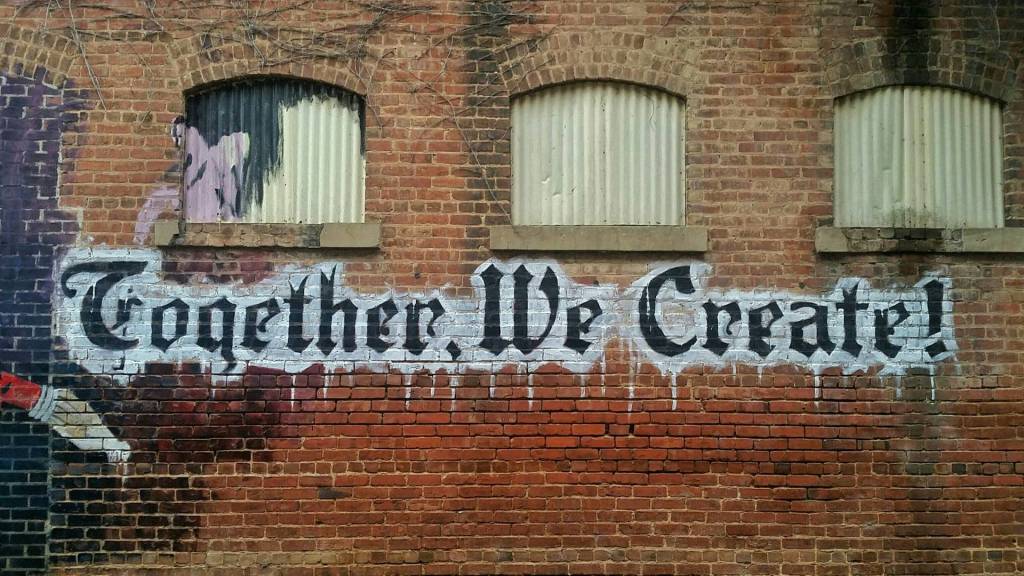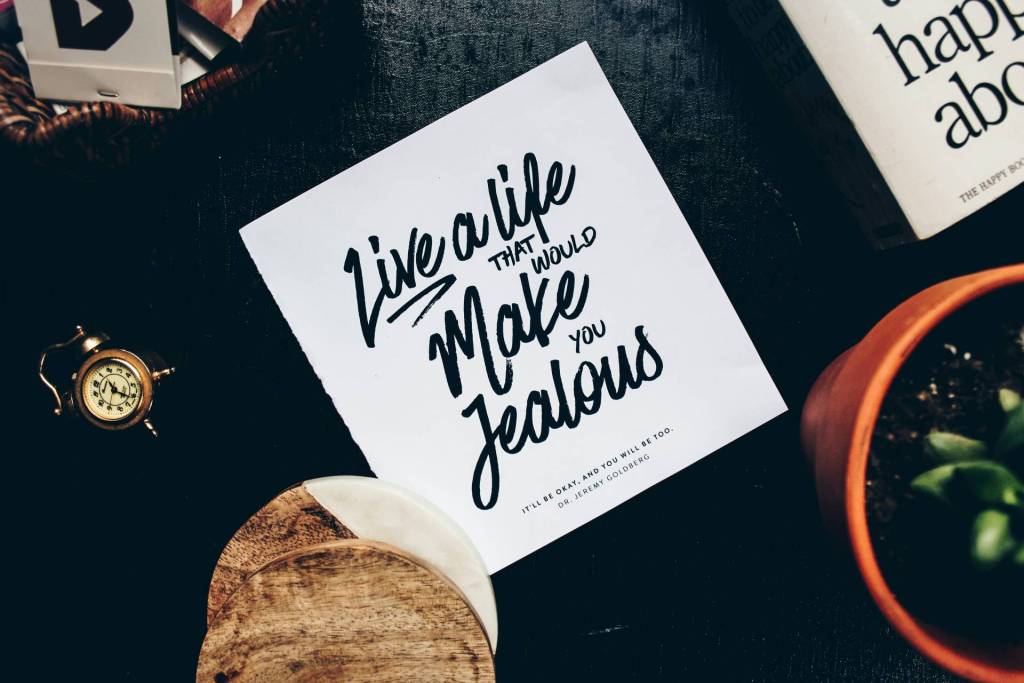Your brand is who you are. It includes your strengths, your goals for future, your experiences from the past, your assumptions about the world around you, your reactions you have to what’s going on, as well as your values and your beliefs.
No wonder that once in a while you get to work with someone whose brand totally conflicts with yours. That someone may be your coworker, your employee, or your boss. You may depend on that person. Maybe he depends on you. Or perhaps you need to create something together. Things may be good at the beginning, but sooner or later you hit a scenario in which your differences show up in bright colors, impossible to ignore.
Will you cave in? Will you fight? Will you manipulate? What can you do?
Whether we think about it or not, we tend to naturally protect our personal brand. And when two people find themselves protecting their clashing brands, the collaboration is pretty much impossible, because the goal of collaboration is replaced by the subject of winning or losing the battle of brands.
Here are the 3 steps you can take to make the best out of your collaboration while keeping the integrity of your brand:
- Find a common groundInstead of focusing on the differences discuss the commonalities between your brand and the one of the other person. It may be the deadline, goal, strategy, risk you both see, and perhaps the vision. Try to find as many shared attributes of your brands as you can. These don’t just include what you BOTH WANT, but also what you BOTH DON’T WANT. This is your safe place.
- Listen and learnAs you start exchanging ideas, dividing the work, and relying on each other, stop wherever you feel like something is going against your brand. Don’t wait until it accumulates so that you have a reason to throw in the towel. Every time when you feel like something doesn’t seem right, stop and ask: What can I learn here? Only when you open your mind to learning can you evolve your brand and make it stronger. Consider the other person’s perspectives and priorities. Be willing to try new approaches instead of rejecting them right away. You can always say “No” later, once you know from your own experience that it goes against your brand.
- Inspire learningYou may be quick to judge what’s wrong with the other person and why he or she should do things your way. But when you force learning, you meet resistance. However, you can inspire learning by pointing at what you already know is important to the other party, what aligns with their brand and what you think would enrich it. Offer it as a suggestion without any obligation for them to take it.
I see conflicts as opportunities to grow my brand, to empower it, and to make it more flexible for the future. What about you?
Author:
Henrieta Riesco is a founder of Intentional Career. She is all about meaningful conversation to empower professionals on their career journey. After experiences of being a teacher and a corporate trainer in Slovakia, a customer advocate and a training consultant for 10+ years at Microsoft, she is comfortable with calling herself a Career Coach. You can follow Henrieta via Twitter, or via her blog.












